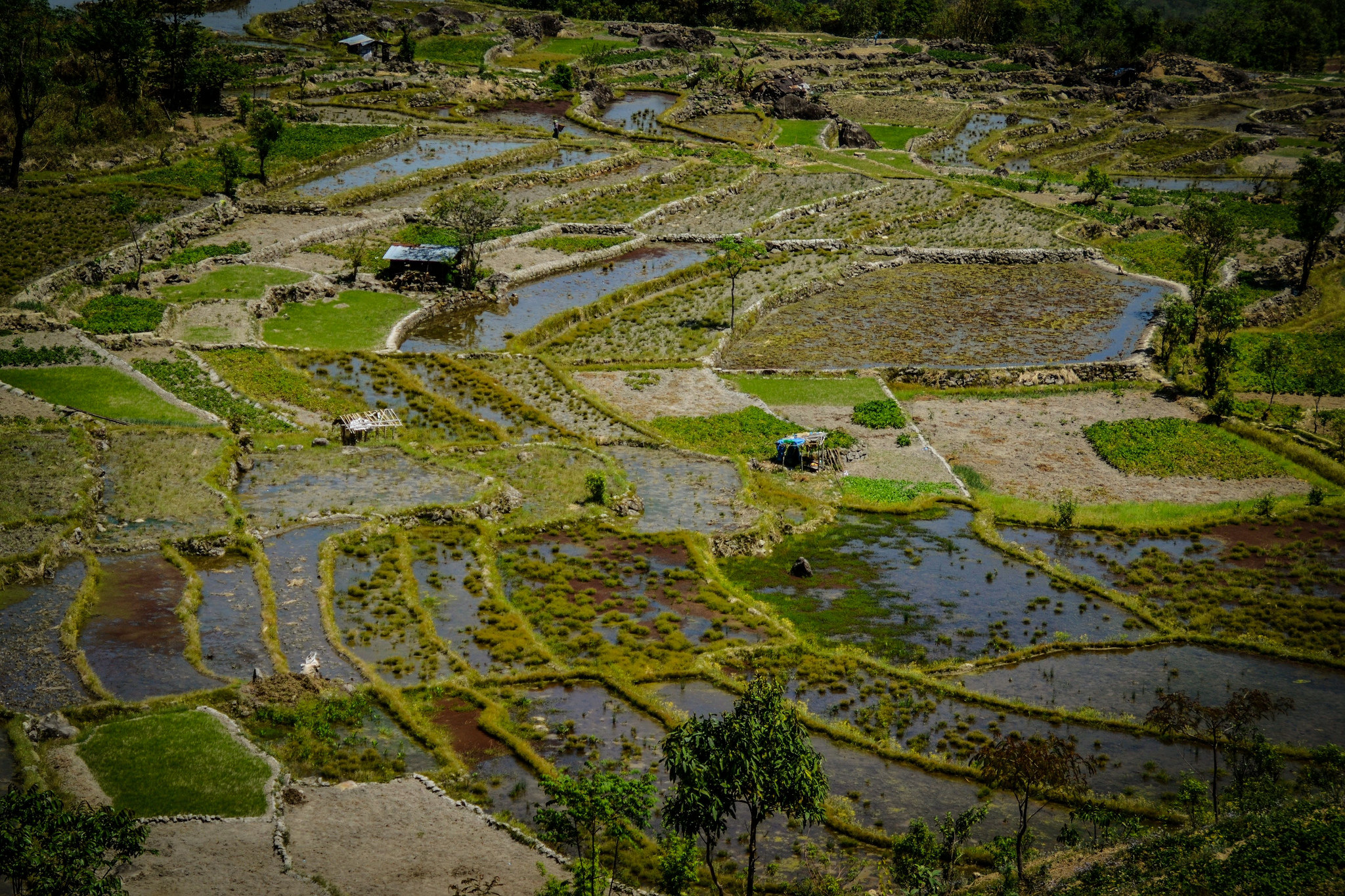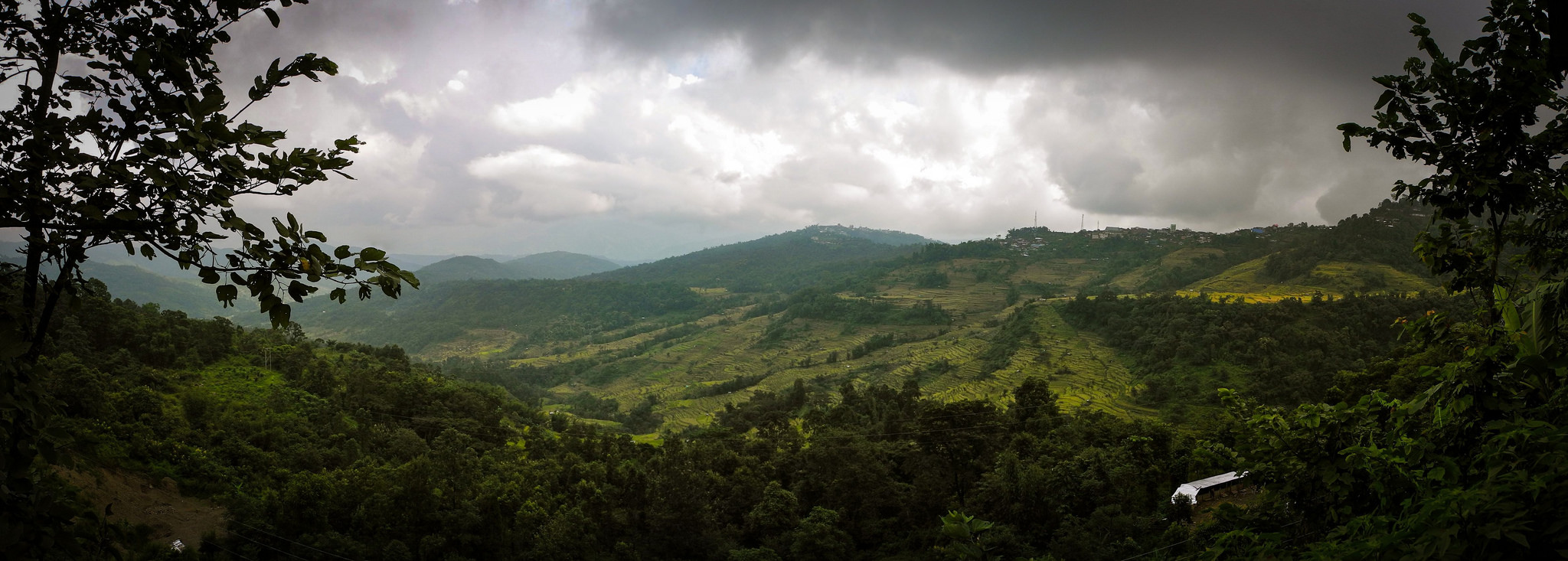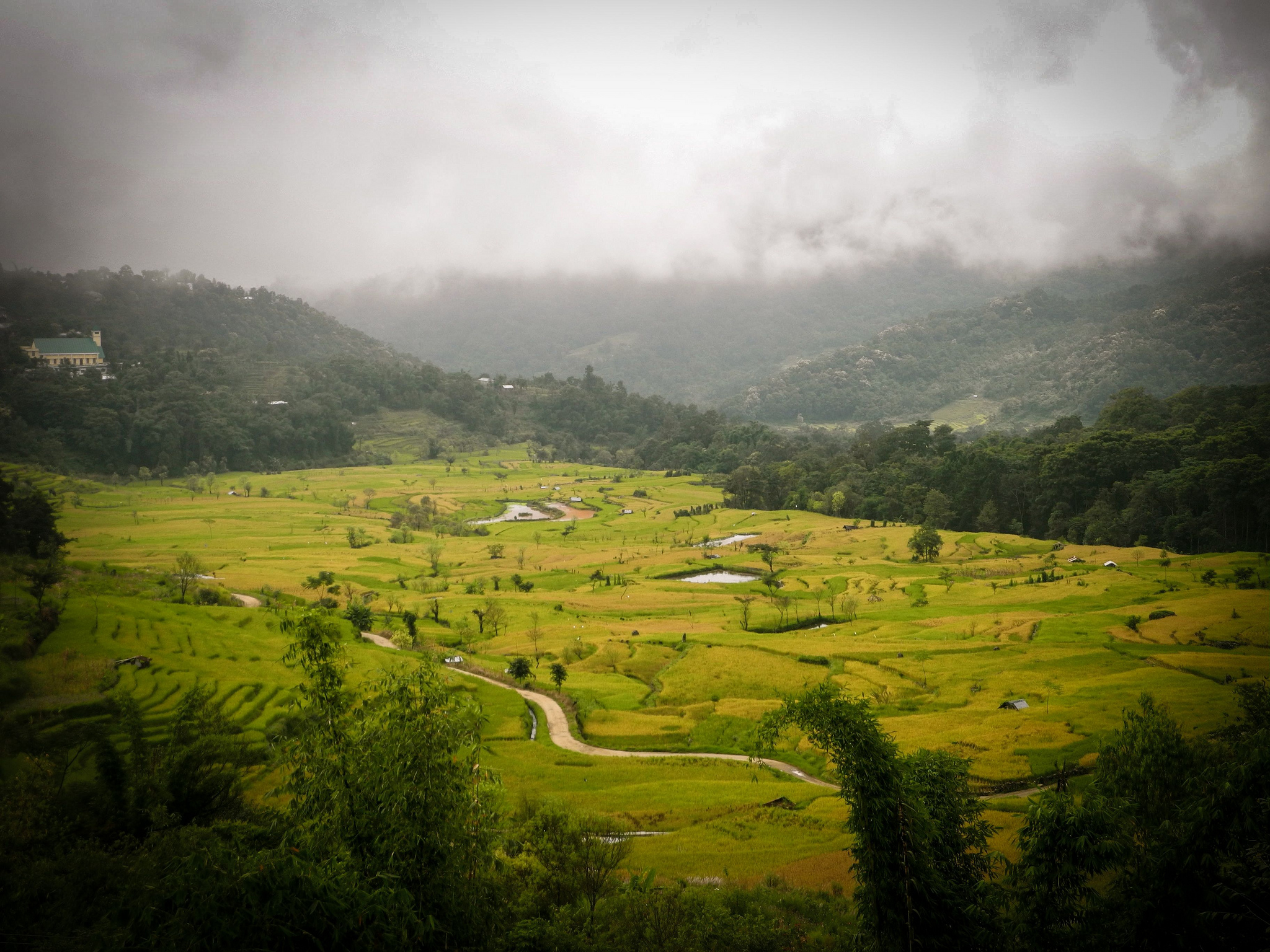VIDEO: How Villagers In A Naga Village Built A Beautiful, Equitable Water Management System
Here is how people of Khonoma village in Nagaland came together to make sure that their fields always remain green. Watch the beautiful video that explains the process.

Khonoma village, which fought the British four times, is today also known for how it protects its ecological heritage. Watch how its indigenous water management system works.
Khonoma village resisted British rule in the region from 1830s to 1880 and is therefore considered as the last bastion of Naga warriors against the British. But today, the village is also known for upholding its rich indigenous erudition.
In the last decade, the village has stood out for its environmentally conscious people and prominent efforts to maintain its green. As a result, not only does Khonoma conserve its forests, but it has also banned hunting, which is a way of life for the Nagas.
Like all its natural resources, water, too, is of prime importance, especially in agriculture. Khonoma practices a modified version of Jhum cultivation with Alder trees where they aren’t felled but pollarded at a certain height. The Alder trees replenish the soil with nitrogen and prevent soil erosion. They also continue the 600-year old practice of cultivating paddy at the foothills. Water run-off from the Jhum forests, which is rich in nutrients, travels all the way down to the paddy fields.
These paddy fields are irrigated through streams. The community works together to create channels that lead the water up to the fields. The elders of the village have passed down this legacy and the farmer whose field is located at the end is considered the sole owner of the water. This farmer ensures that every plot of land has water.
It is considered a shame if one’s neighbour’s plot is left dry – a beautiful system with inbuilt equity!
Watch this amazing video that explains the process –
Like this story? Or have something to share? Write to us: [email protected], or connect with us on Facebook and Twitter (@thebetterindia).
This article was written by Michael Megurisa and Usha Dewani for India Water Portal (IWP) and republished here in partnership with IWP. This is the original link of the article.
If you found our stories insightful, informative, or even just enjoyable, we invite you to consider making a voluntary payment to support the work we do at The Better India. Your contribution helps us continue producing quality content that educates, inspires, and drives positive change.
Choose one of the payment options below for your contribution-
By paying for the stories you value, you directly contribute to sustaining our efforts focused on making a difference in the world. Together, let’s ensure that impactful stories continue to be told and shared, enriching lives and communities alike.
Thank you for your support. Here are some frequently asked questions you might find helpful to know why you are contributing?


This story made me
- 97
- 121
- 89
- 167













